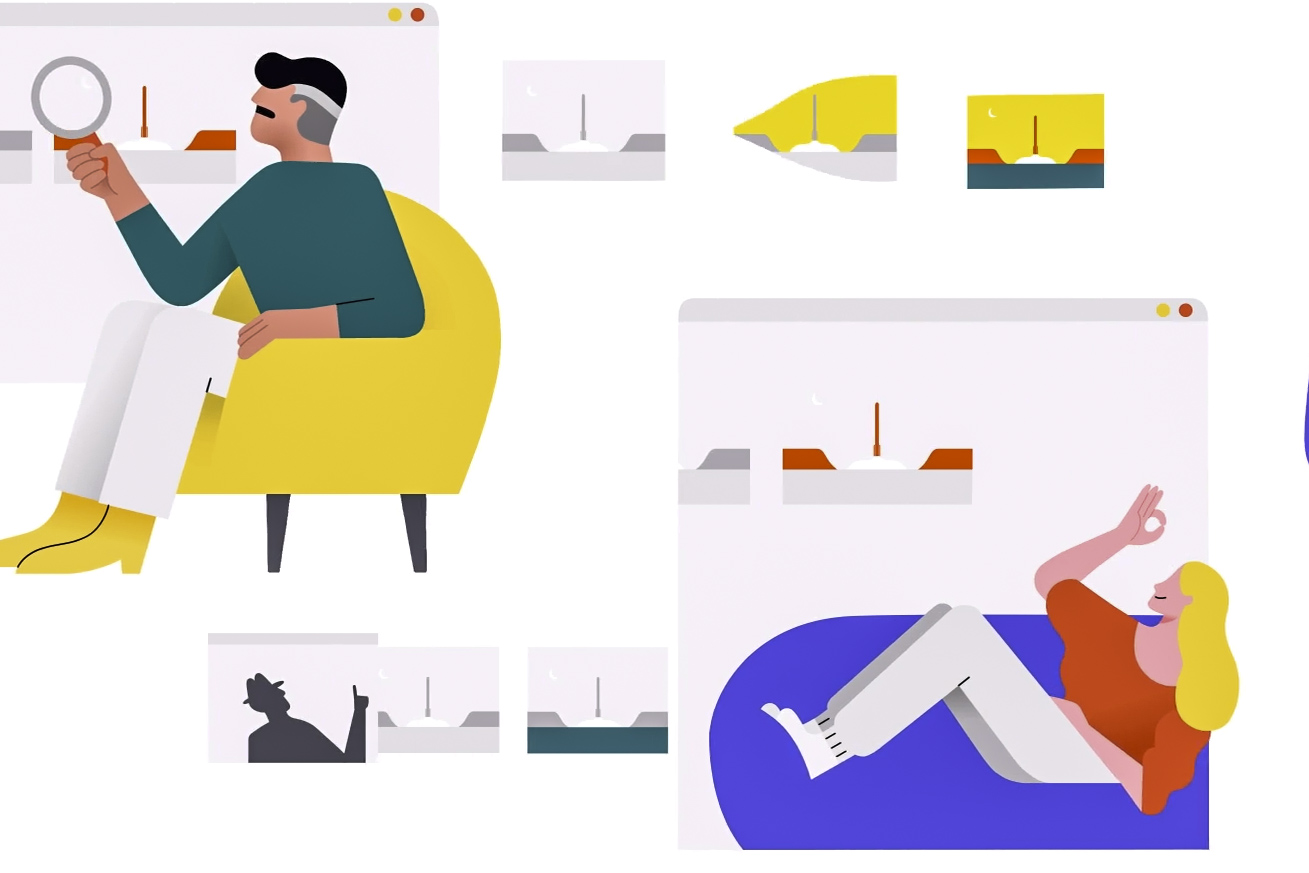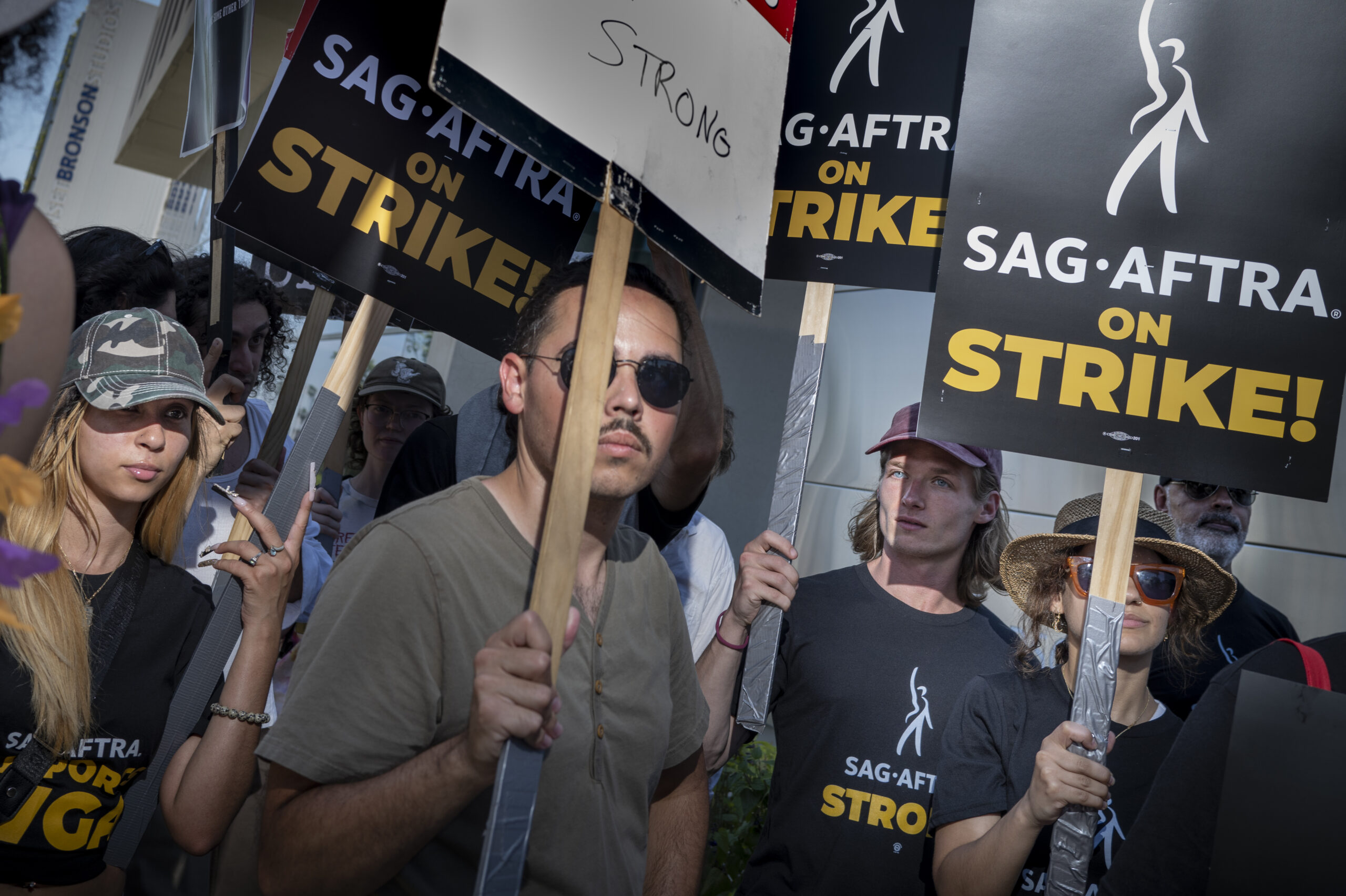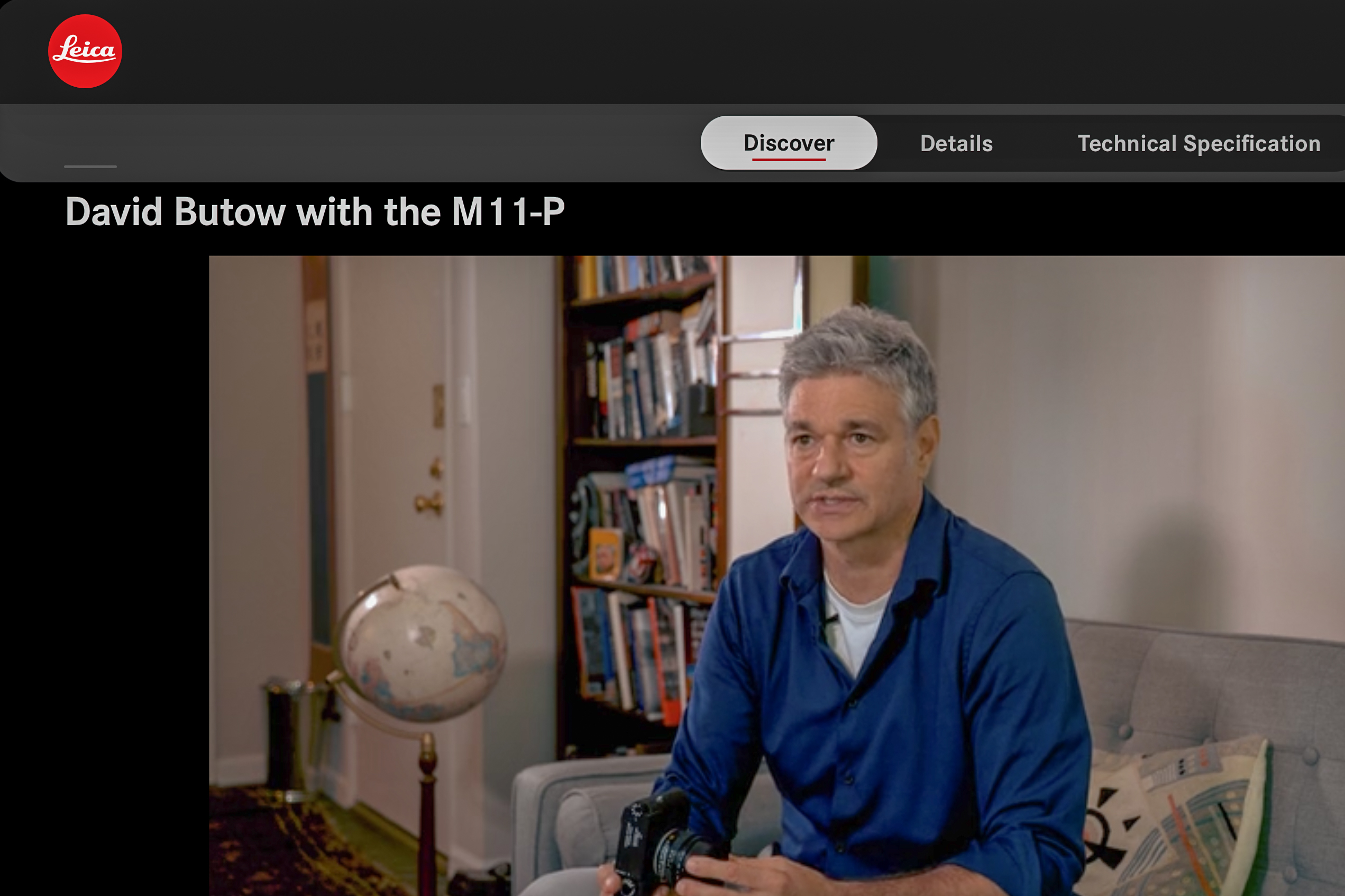Ethics and the Level Playing Field

By David Butow –
While we can only speculate about where AI imagery is going, there is one component that’s similar to dynamics that have always existed in photography: how much control or manipulation the photographer exerts on the subject during photography, and later during the developing or post-processing of the picture itself. This dynamic impacts how we assign value to certain pictures and is constantly relevant to everyone who is taking taking pictures seriously.
While there are some loosely defined “ethics” in photojournalism which I’ll get to later, there’s no such thing as “photography ethics.” Broadly speaking, scenes are either manipulated or they’re not and either is okay. Traditional “street photographs,” for example, are assumed not to be manipulated. Viewers of these pictures probably subconsciously give the photographer a sort of “credit” for recording something on the fly. We applaud keen observation and quick reaction and don’t require every single element in the frame to be perfect.
THE SET UP
If, however, we know a photographer has set something up, or otherwise altered the scene, we use different metrics to assign value. The more manipulation on site, the more the photographer is using their imagination and the picture starts to compete on the playing field of all visual art that is derived in large part from the artist’s imagination. Again, either is fine, but it’s easy to see why the playing field gets tilted if the photographer has set something up but made the picture look like it was captured spontaneously.
That approach is the basis of a lot of corporate and commercial photography. No one, not the producers of these pictures down to the viewers expect that what they’re looking at is “real,” that’s not the point, the pictures are more like illustrations. From a business standpoint, that genre of the profession is particularly threatened by AI. If those sorts of illustrations can be created without the expense of getting models to a specific location with real props etc….well, you can see where that’s going.
In contemporary photojournalism however, it’s considered unethical to set scenes or manipulate existing ones. You simply should not move anything around or encourage anyone to do anything. The idea is to capture things spontaneously – as much as possible – as if you were not there. That’s a difference between journalism and art. The emphasis is on how things really are, not how the photographer thinks they could be. This gets a little tricky sometimes because the scene is often changed by the presence of the photographer.
I encounter that dynamic often when I’m photographing and it’s hard to navigate sometimes. You see some people doing something interesting, you go over to take pictures and then they stop to acknowledge you. Sometimes I initiate a conversation, asking if they mind being photographed. The best I can do is to try to encourage the scene to get back to how it was before I showed up. It can sometimes take a while before people get comfortable with my presence enough to act in a way that seems spontaneous again.
This sensibility has not always been baked into photojournalism. W. Eugene Smith, considered one of the greatest photojournalists of all time, did his best-known work from the 1940’s-early 70’s, and in the earlier part of his career was known to manipulate scenes to some extent, as well as occasionally combine elements from more than one negative in a single print. Particularly during those early years, cameras were slower to use and film sensitivity wasn’t great in low light, so photographers engaged in a bit of staging to help get clean, well-exposed, pro-looking frames.
Looking today at one of his seminal essays, The Country Doctor, knowing that some things may have been manipulated diminishes its power a bit, but not in a major way, in part because I think most of the pictures are truly candid, and we’re seeing something obviously retro and need to appreciate it in the context of its time. The contemporaneous viewers were used to seeing pictures that maybe look a touch staged, but in this case they knew the doctor, patients and their injuries were real.
Portraits are a totally different story. If the picture is an obvious collaboration between the subject and the photographer, there’s an expectation things have been moved around and all that is fine.
MANIPULATION DURING POST
Another dividing line between photography in general and photojournalism, comes during post-processing. Even before Photoshop, photographers were doing all kinds of things in the darkroom to significantly alter the image their cameras captured. Photoshop and other software just made it quicker, more seamless and expanded the options.
Just like manipulating the scene, there is nothing inherently wrong with doing any of this unless the pictures are supposed to be photojournalism. In the arena of street or candid photography it gets a little murky in the sense that if the pictures are meant to look spontaneous, they’re getting that “credit” for being not set up, and there’s an assumption that there hasn’t been any major manipulation in post processing.
Where to draw the line on this manipulation gets extremely tricky. My Instagram algorithms feed me a lot of very catchy “clean” photographs that get thousands of likes. I can tell some of them are heavily manipulated so that elements that were in the original file have not necessarily been moved around, but they have been darkened or lightened so much they’re no longer visible. When I start to think that a picture is suspiciously perfect, I lose interest.
Also, when you’ve decided, as a rule of thumb, you’re not going to monkey around with the pictures too much in post, it puts more emphasis on the experience of photographing. For me anyway, because I know I can’t fix something later makes me concentrate more and feel more engaged. This approach may not work for everyone. If you’re not doing photojournalism, having a full range of possibilities might be more inspiring.
Modern photojournalists are taking advantage of relative ease of using software to add a distinctive tone to many of their pictures. This might include a harmonious color palette across all pictures in an essay, regardless of the lighting conditions in the original scene. Some elements might be lightened or darkened a bit relative to others, but professionals are not supposed to alter the actual content of the photograph.
For example, if there’s a visually distracting white car in the background, or someone is wearing a colorful shirt that seems incongruous to the scene, that’s just the way it is. Manipulation that includes adding, removing or moving elements is strictly verboten. Photojournalists have been fired on the spot for those kind of misdeeds. In the sphere of PJ, the integrity of the photograph is more important than the aesthetics. The best photographers preserve the integrity of the situation while photographing and doing post, and they still deliver great aesthetics.
RESPECT FOR THE SUBJECT
You can see how in the process of taking pictures and working on them in post, there are countless choices. Take the picture above of monks in Bhutan. Visiting a temple in Paro, I happened upon this scene of the monks practicing a dance they would perform at a ceremony later in the month. During that ceremony they would be dressed in animalistic costumes but at the rehearsal they were wearing their daily clothes. I could not have thought of any of this if I were going to set something up. Still, I could have asked them to dance in a certain pattern or repeat something or whatever.
In post I could have combined images from different frames to get a more perfect arrangement. For example, the face of the monk in the center is blocked by his hand. Someone with basic Photoshop skills could have dropped in a cleaner version of that monk from another frame. But I did none of those things because I’ve made the decision that in the genre of photography that I do most of the time, a “real” image, even if it’s compositionally imperfect, is more interesting and valuable than one that’s staged or manipulated.
The value to me is that I get the pleasure of having captured something I saw happening (I shot over a hundred frames of this scene), and I think the resulting picture is true and respectful to the subject. I also think photographers who work this way have a reputational advantage over those who don’t, and that applies to their entire bodies of work. The subjects of their pictures benefit as well because if viewers have more faith in the veracity of the image, they can connect with the content more confidently.
Since the 60’s, when photographs of the Vietnam War, the Civil Rights Movement and other massive social and political events could be captured more spontaneously with fast cameras and film, there’s more of an expectation that what we’re seeing was how it might have been even if the photographer wasn’t there, more or less. How long this sensibility will last is anyone’s guess, today’s more rigid approach might be a blip in the long continuum, that’s why in my political book Brink, I mention – mostly for people looking at it in the future – that the pictures were not staged.
So what about AI then? At present, in the field of news coverage or documentary work, using AI to create or alter a scene is crossing the line from reality to imagination. Those pictures are fauxtojournalism. So does that mean that AI will never have a place in photojournalism? Not necessarily, and so I invite you to expand your mind into the field of spacetime and quantum mechanics in another post.
Buddhist monks during a rehearsal for a ceremony at a temple in Paro, Bhutan



